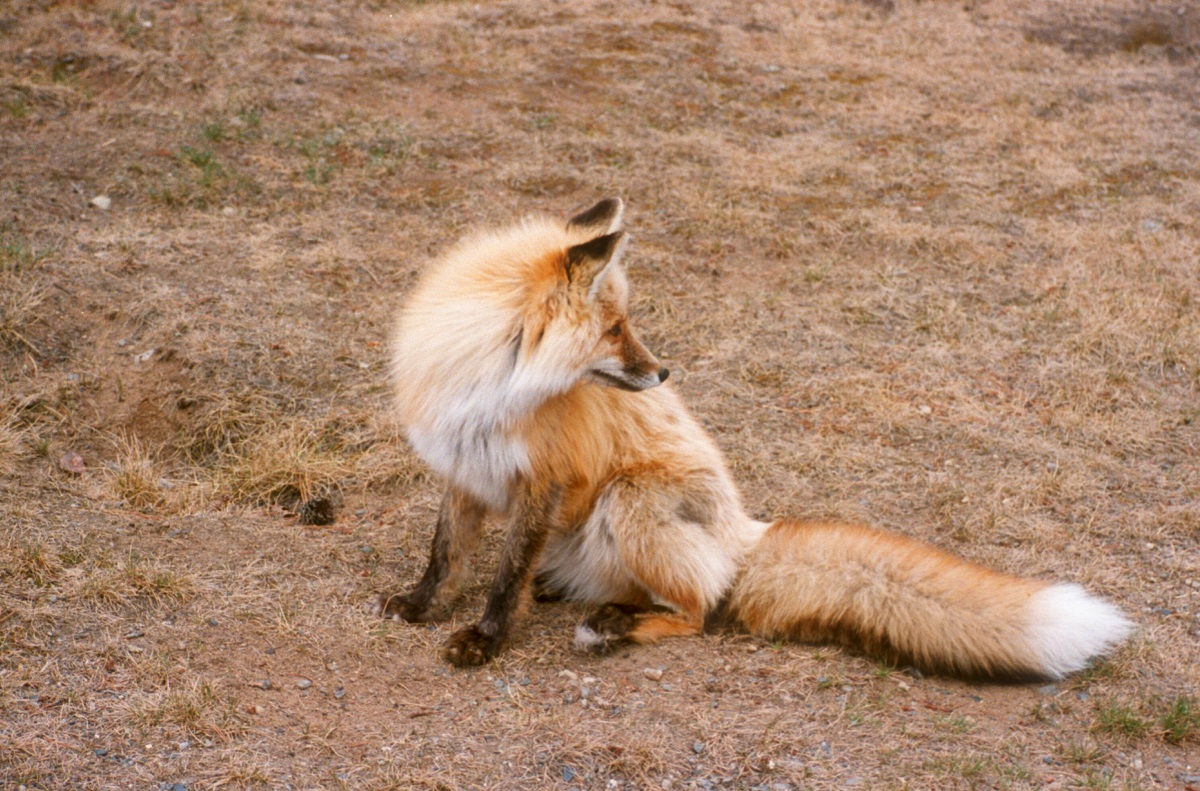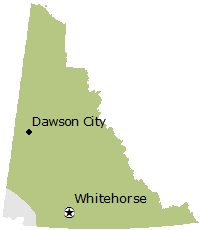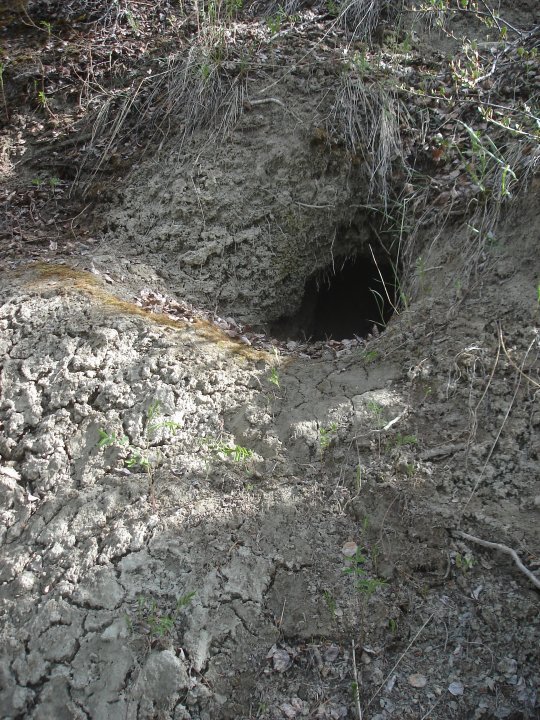
Credit: Bruce Bennett
Name
- Common name: Red Fox
- Scientific name: Vulpes vulpes
- Order: Carnivora
- Family: Canidae
Also known as
Silver Fox and Cross Fox (colour variations)
Viewing opportunities
- Highway travellers have a good chance at spotting a Red Fox crossing the road or skirting a nearby clearing. Roadside clearings offer good hunting for small mammals.
- In winter, foxes often travel on windswept mountains to hunt ptarmigan and other small mammals.
- The best time for viewing foxes is in the spring, when south facing slopes of hill and knolls are bare of snow and foxes are concentrated near their dens.
Description
- Small, thin, canid shaped with an orange-red coat.
- Slender, tapering muzzle, very pointed ears, and long bushy tail.
- Black stockings and cheek patches, and white throat and chest parts contrast vividly with the red coat.
- Cross Fox: same as a Red Fox with a dark band of guard hairs which form a cross over the shoulders and back.
- Silver Fox: black with white tipped guard hairs, giving it a silver sheen.
Fast Facts
- Length: 46 to 83 cm
- Weight: 3.6 to 6.8 kg
- Lifespan: 2 to 4 years
- Predators: Lynx, coyotes and wolves
- Habitat: Boreal forest, near human settlements
Conservation status
- Yukon: S5 (Secure)
- Global: G5 (Secure)
Yukon population estimate
Not determined.
Behaviour
Red Foxes are solitary, territorial animals that are very adaptable to new environments. Foxes pair up during mating season and are inseparable until autumn when the pups are weaned and the family unit splits up for winter. You can sometimes see kits playing close to a den with the parents close by.
Diet
Mice, voles, squirrels, shrews, grouse, ptarmigan and Snowshoe Hare.
Distribution

Sights and sounds

Red Fox track: 6.3 x 5 cm.

Den.
Foxes and people
- Red Foxes were called “smart man” by the inland Tlingit. In legend the fox was blamed for the anguish of human death. If foxes were seen near a home it was considered a bad omen for the people who lived there.
- Fur of the Red Fox was traditionally used by the Yukon First Nations people for robes and linings.
- In the early 1900s, black and silver foxes were of extremely high value and were farmed. The famous poet Robert Service wrote “The Ballad of the Black Fox Skin” in 1908 while in Dawson City.
Projects
- Urban Red Fox Monitoring and Management Project